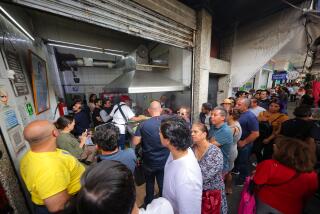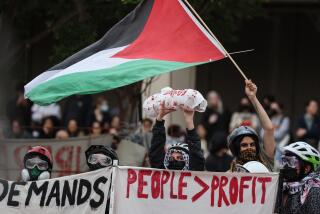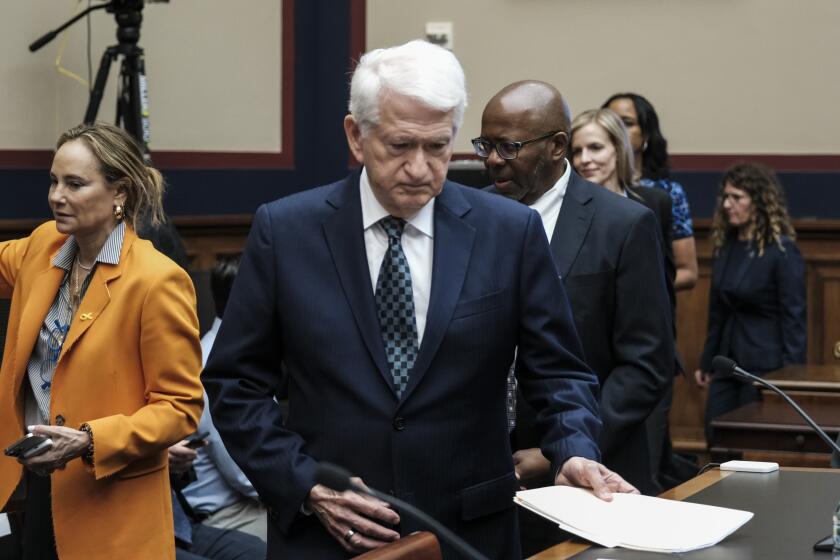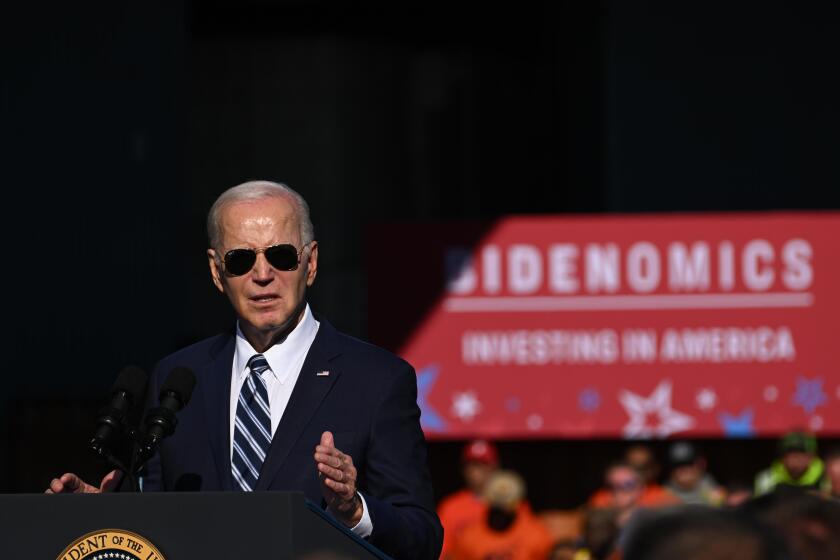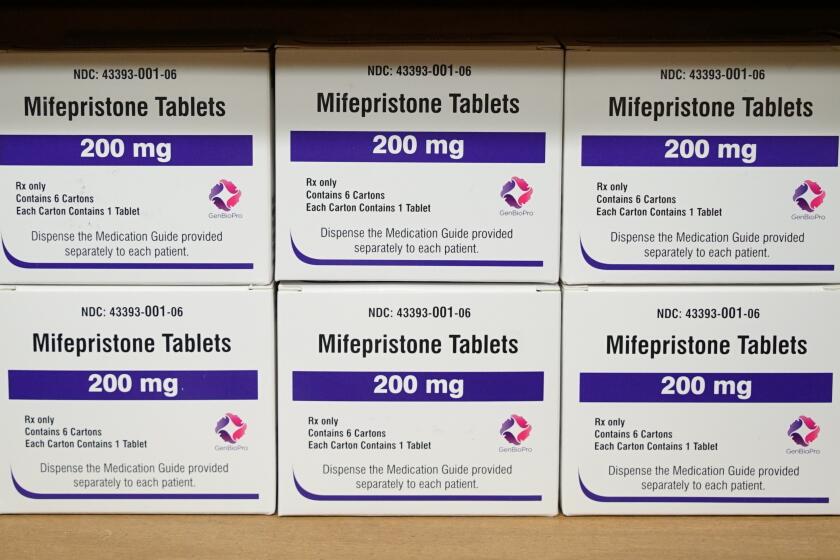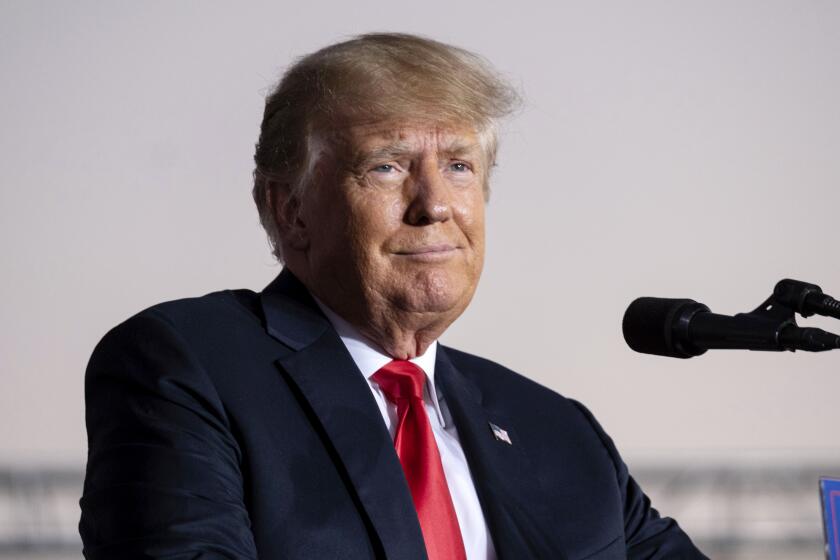Crisis Coverage: The Long and Short of It
It was Monday morning, the day after the U.S. warship Vincennes shot down an Iranian jetliner with 290 passengers and crew in a Persian Gulf incident of potential global scale.
And sportscaster Jim Lampley was covering it.
Lampley, who had been covering the Wimbledon tennis tournament in London, was in New York substituting for Harry Smith, co-hosting “CBS This Morning” with Kathleen Sullivan and getting his share of interviews on this complex and volatile story. How would Iran’s Islamic regime respond to its jetliner being blown out of the sky?
One day speculating about tennis, the next about terrorism.
Not that Lampley disgraced himself or his network. On the contrary, this wasn’t Jim Hill or Jimmy the Greek in the hot seat. Lampley, the main sports anchor at KCBS-TV Channel 2, has TV skills that transfer. He was his usual cool, precise and articulate self Monday, looking good and making no apparent gaffs in asking questions that were either his own or had been prepared for him.
It didn’t make any difference. That was the point.
In this instance, Lampley was merely one of TV’s interchangeable parts, filling a slot, inserted in the absence of Smith, with nothing gained or lost.
Monday’s questions and answers would be forgotten, blurred by Tuesday’s questions and answers, which would then be erased by Wednesday’s newer and better immediate truth.
So goes the formulaic coverage, this incident merging with coverage of past crises like runny watercolors and becoming almost indistinguishable. The usual expert witnesses make instant analyses based on incomplete information. In the absence of extensive TV pictures (the Iranians initially supplied shots only of bodies in the sea and mourners), talking heads prevail.
There are two media constants linking TV coverage of all foreign crises: One is wild speculation; the other is the inevitability of Henry Kissinger and Zbigniew Brzezinski showing up at some point.
This is the urgency business, where information is transmitted faster than fast. Burdened by neither perspective nor memory, TV usually exists in a perpetual state of amnesia, its instant technology rarely providing much more than wisdom of the moment.
Yes, ideas are communicated--witness Monday’s worthy discussion of America’s Iranian policy on “The MacNeil/Lehrer NewsHour” on PBS. What TV usually lacks, though, is a scholarly attic from which to retrieve dusty events and examine them in a fresh light.
What a joy it was, therefore, to watch several hours of a Life magazine symposium on presidential elections Tuesday morning on C-SPAN.
This was ancient news by commercial TV standards, a June 21 event connected to the present Iran jetliner incident only in that Iran is a subject that the next President will have to confront.
From its viewer call-ins to its coverage of Congress, cable’s nonprofit C-SPAN is TV’s Switzerland of politics, a neutral ground where Republicans and Democrats can expect scrupulously unbiased treatment, even in the heat of a presidential campaign.
The least visual-minded TV anywhere, C-SPAN’s coverage of the symposium was rudimentary, but its budget-enforced de-emphasis of production gave added emphasis to words. Unlike the Tom Brokaw-moderated Presidential candidates forum on NBC, moreover, all the tight camera shots were reserved for the panel, not the moderator (Jeff Greenfield).
The symposium’s focus--a comparison of the 1960 and 1988 elections campaigns by key participants--gave meaning to the present by examining the past. Brilliantly guided by Greenfield, the ABC newsman with a political pedigree, it provided a reservoir of information and insight for those of us who are political outsiders.
Above all, it was a commercial for thoughtful retrospection.
And now, we return you to the world of 30-second sound bites.
More to Read
Start your day right
Sign up for Essential California for news, features and recommendations from the L.A. Times and beyond in your inbox six days a week.
You may occasionally receive promotional content from the Los Angeles Times.
